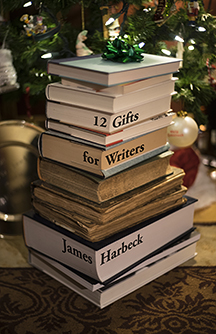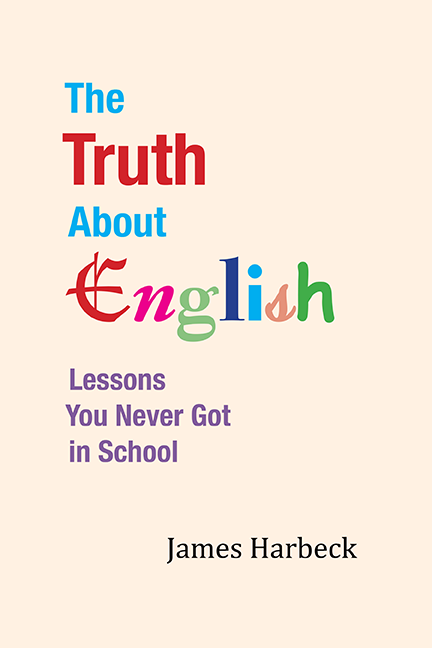I recently acquired a pinhole cap for my camera. I’ve wanted something like it for a while, because pinhole photography produces some interesting ways of seeing things. I was happy to see that a company called Wanderlust makes pinhole body caps for Micro Four Thirds format cameras. Much better than making my own. And still much cheaper than a lens.
Pinhole photography is experiencing something of a resurgence in interest. There are various companies making pinhole “lenses” for your camera and entire pinhole cameras for a variety of film formats. Some of them are very nicely made indeed – see Zero Image’s website, for instance (yes, I do want one… eventually). And the pictures that can be made are often very striking; see the galleries at The Pinhole Gallery and the rather fantastical digitally manipulated nude photos by Dan McCormack, and the year-long pinhole exposure of the Toronto skyline done by Michael Chrisman.
In principle, of course, one doesn’t need pretty equipment to do pinhole. You can make a pinhole camera yourself using materials you likely have at home. Or you can buy a kit at some store catering to scientifically minded children. Shutters can be simple because the exposure times are so long, since the aperture is so small. You need no glass; in place of a lens you have a pinhole. If you have a digital camera that takes interchangeable lenses, you just need a body cap that has a little hole in it. Which is what I used – a precision-made one.
Pinhole. Pin. Hole. A hole made by a pin, or the size of a pin, or the size of a hole that would be made by a pin. Both pin and hole are old Germanic words that have not shifted substantially in meaning over the ages, hole long meaning both “hollow” (noun) or “indentation” and “aperture” or “piercing”. The central vowel shapes are illustrative: pin has that pin-like i; hole has the o with the hole in it. The sound of pin is high and tight at the front of the mouth; the sound of hole forms your mouth into a deeper concavity.
Do this: inhale through your mouth, but close it up with your tongue or lips so that only the smallest possible little hole is left for the air to pass through. You won’t be able to do this for long, of course, because so little air will get through. But what gets through moves fairly quickly; you can feel it moving. It’s sort of like when you put your hand over the end of a hose or a faucet and let the water out through just a little gap: you get a sharp jet rather than a simple flow.
That’s not exactly how pinhole photography works – although pinholes do let less light through, light is not speeded up by the passage through the pinhole; there is no “light pressure” – but there are analogies. The simple fact of the narrowing of the aperture sharpens the focus (like squinting does) – to a point. Why? Curl your index finger into a little hole behind your thumb and put a pencil in it. Put the point on some paper and hold your hand steady and you can draw a picture on the paper by moving the eraser – the picture shows up on the paper rotated 180 degrees from what you did with the eraser. Now loosen your finger a little so that the pencil has some wiggle room. Try to draw. There are too many different places the tip can be for every place the eraser is, so you can’t get a good picture. If you imagine the pencil’s positions as rays of light, you can get an idea of why a smaller aperture means a sharper image.
The original idea, as propounded by 19th-century Scottish scientist Sir David Brewster, who took the first pinhole photograph (though the principle had been known for centuries and sometimes used for drawing – look up camera obscura), was that you could get sharper and sharper and sharper images with smaller and smaller and smaller pinholes, and would be limited only by how small you were able to make the hole and how fast your film (or, at his time, wet plate) was (the materials of his time would have had ISOs in the single digits). This has an attractive simplicity to it: narrow in and get an absolute pinpoint clarity. Focus, focus, focus! (Actually, with pinholes you don’t need to focus; at so small an aperture, everything is in equal focus from right in front of the camera to infinity.) Restrict the opening through which you view the world. With sufficient constraint and discipline, all will be clear.
But that was before they encountered diffraction. Light comes in waves, you see, and waves have actual size, and when the hole is too small it causes interference effects that reduce the sharpness. This is why your camera is sharpest (in the area of focus) around f/8 to f/11, and then the sharpness falls off again. (You can read more about the details at Cambridge in Colour, among other places.) Likewise, in dealing with life, if you constrain your focus too much, you can lose clarity. It can give some beautiful effects, of course. And do remember that at f/8 you need an actual lens or you will not have any sharpness to speak of, whereas a pinhole can make an image simply by having a little bit of nothing there.
But pinholes also have another characteristic: vignetting. The film (or sensor) plane is flat, you see, and so it’s farther from the hole at the sides. This means that the same amount of light is spread over a greater bit of the film. Again, this gives what can be a very alluring image, bright in the centre and darkening off towards the sides, bringing the view quite definitely to the point of central interest while leaving the sides mystified in the shadow. This can be a quite nice artistic effect. But in life, while such views of the world can be very attractive, they are not always well adapted to the fullness of reality.
This effect happens more with wider angles – shorter distance from pinhole to film or sensor. You can get an idea why when you think about how, in the pencil experiment above, at a certain point the pencil doesn’t easily touch the paper. So this is the irony of pinholes: they let you see in equal focus at all distances, and they can let you take in a very wide angle of view, but you are absolutely limited in sharpness and things get gradually dimmer as you move towards the edges. The effect can be striking and beautiful, but – or because – for every gain there is a loss.
The word pinhole also makes me think of a line from “Nobody Home” on Pink Floyd’s The Wall, in which the protagonist sings of “the inevitable pinhole burns all down the front of my favourite satin shirt.” Pinhole burn: a small hole that was made by accident by little falling cigarette embers. A hole that is a simple little destruction. And yet if you intentionally make a small hole like that in an opaque material and put light-registering material in the darkness behind it, you capture the world by letting the light burn it in so slowly you could watch it happen. I am tempted to say something sententious about the little holes in our lives, the little burns, letting through light that captures a beautiful – if limited – image of the world. But instead I will say, “Here, look at this.”









